On our first night in Iqaluit, we were treated to a long sunset that we watched from a hill outside of town. The pinks and blues in the sky softening a tough, tundra landscape. I’ve never been this far north before but looking at a map, the North extends so much further than I could have imagined.
We’ve gathered here in preparation for a 2 week journey that will no doubt be an adventure of a lifetime for so many on board.
The Blue Futures Pathways (BFP) program, run by the SOI Foundation here in Canada, has to be one of the most unique experiential learning opportunities available to youth today. Picture it — 20 young people beginning a career and life in the “sustainable blue economy” (think the green economy but specifically ocean-related), aboard a former Coast Guard-turned-research vessel out of Iqaluit, making it’s way down to St John’s over 15 days. The ship itself a hub for learning, sharing, and exploring themes across Indigenous and Western science, seafaring, technology, culture, art, and storytelling. Along the way, we watched dolphins ride the ship’s bow, ate freshly caught Arctic char raw, marvelled at icebergs and minke whales and polar bears as we made our way down the Nunatsiavut coastline.
My role on the ship was to work with our insanely talented media team (Nicholas Castel, Rosie Poirier, and Dustin Patar) to identify and translate what was happening on and off the ship into stories that highlight the power that young people hold in shaping our relationship with the ocean — now and into the future. Beyond documenting the expedition, we also ran workshops on the role of storytelling in the sustainable blue economy. Youth got hands-on with cameras and creating photo stories, conducting interviews, and directing their own films.
Stories like Novalee’s — a youth from Nain, Nunatsiavut whose dad spent his whole life working on the coast as a fisherman. Despite this, Novalee never had a chance to see her home like he has until now. Watch this short film filmed and edited in-situ by myself and Nicholas Castel about how Novalee is following in her dad’s footsteps on expedition:
Over the course of the expedition, we produced 3 films including hearing from Jacob (Iqaluit, Nunavut) about the versatility of using drones for both science and storytelling on the ocean and Dolcy (Kitigan Zibi) on the importance of having a space where we can learn from each other. The days are always long for the media team, working to both film and edit in between expedition programming, rough seas, and last minute logistics.
Regardless it was so rewarding to see these stories come together not only to emphasize the learning taking place but also for youth to begin to understand their place in the world, whether as a zodiac driver, scientist, land/ocean-based knowledge holder, diver, storyteller, or something else out there. The opportunities are endless.
Updates
Wrap up
After a busy summer and early fall season, I’m settling down in my new home base of Montreal and wrapping up postproduction with the Georgian Bay Mnidoo Gamii Biosphere, Carleton University’s Fish Ecology and Conservation Physiology Lab, and the IUCN. Keep an eye out for new work here and at www.grahamperry.ca.
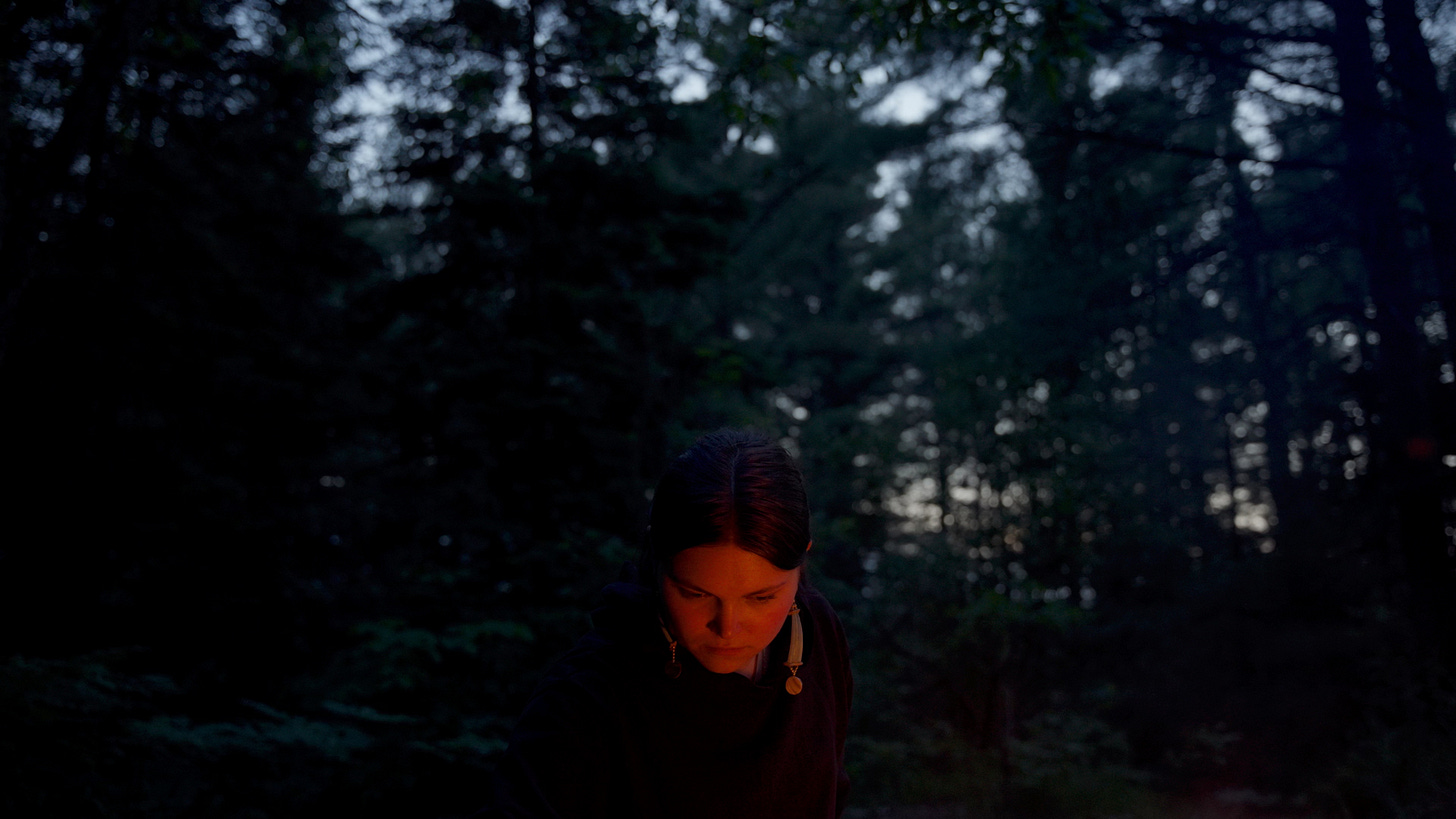
River Symposium
This week, I’ll be attending and presenting a talk all about creative science communication at the 31st River Symposium from Oct 23rd-25th in Cornwall, hosted by friends at the River Institute! Get your tickets here (in-person and virtual options).
Work with me!
I’m still available for projects as a producer, director, drone operator, or cinematographer until the end of the year and starting to book for the winter and spring of 2025. If you, or know someone who, wants to make something next year, this is the time to get in touch: hello@grahamperry.ca :)




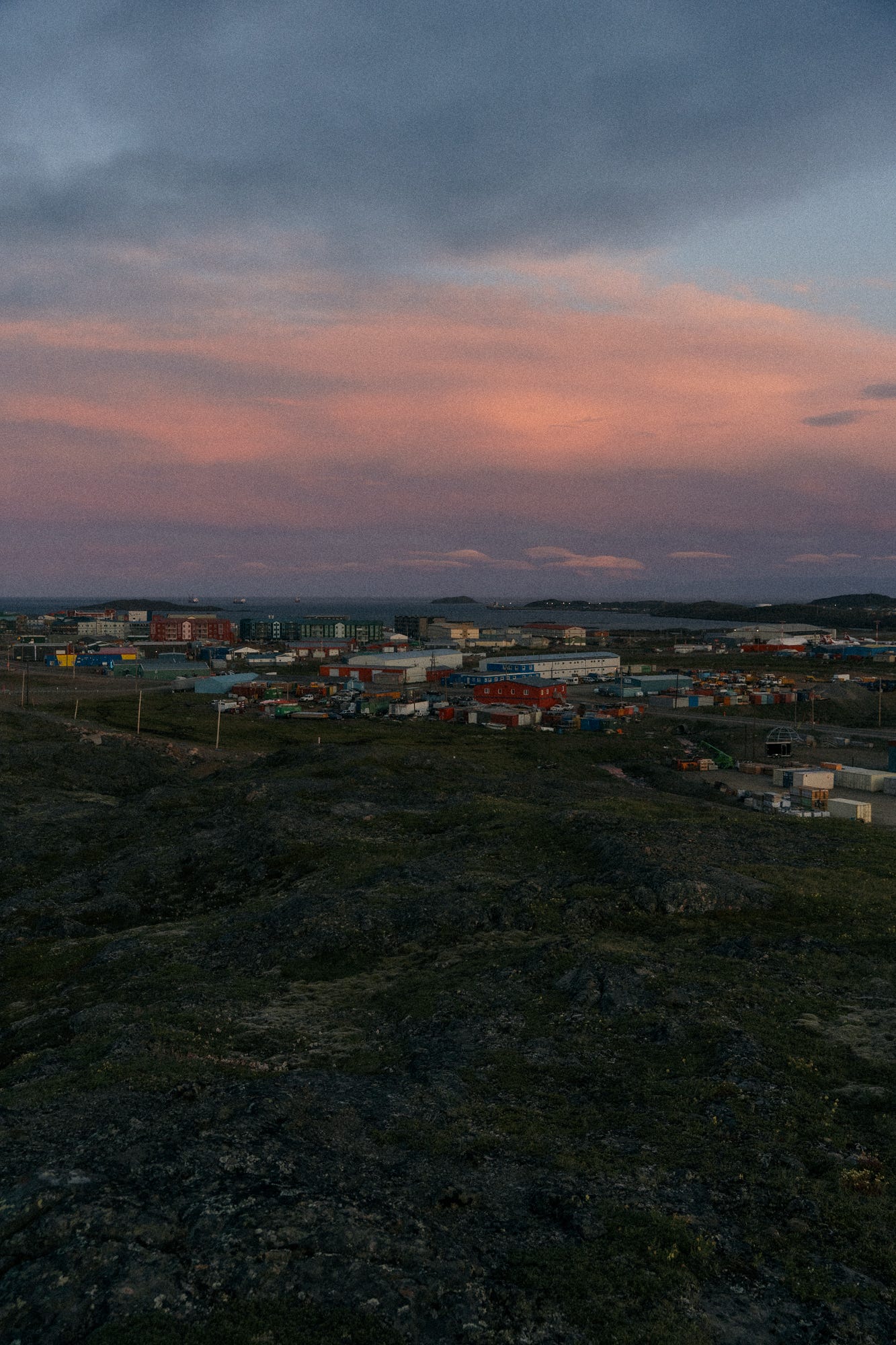
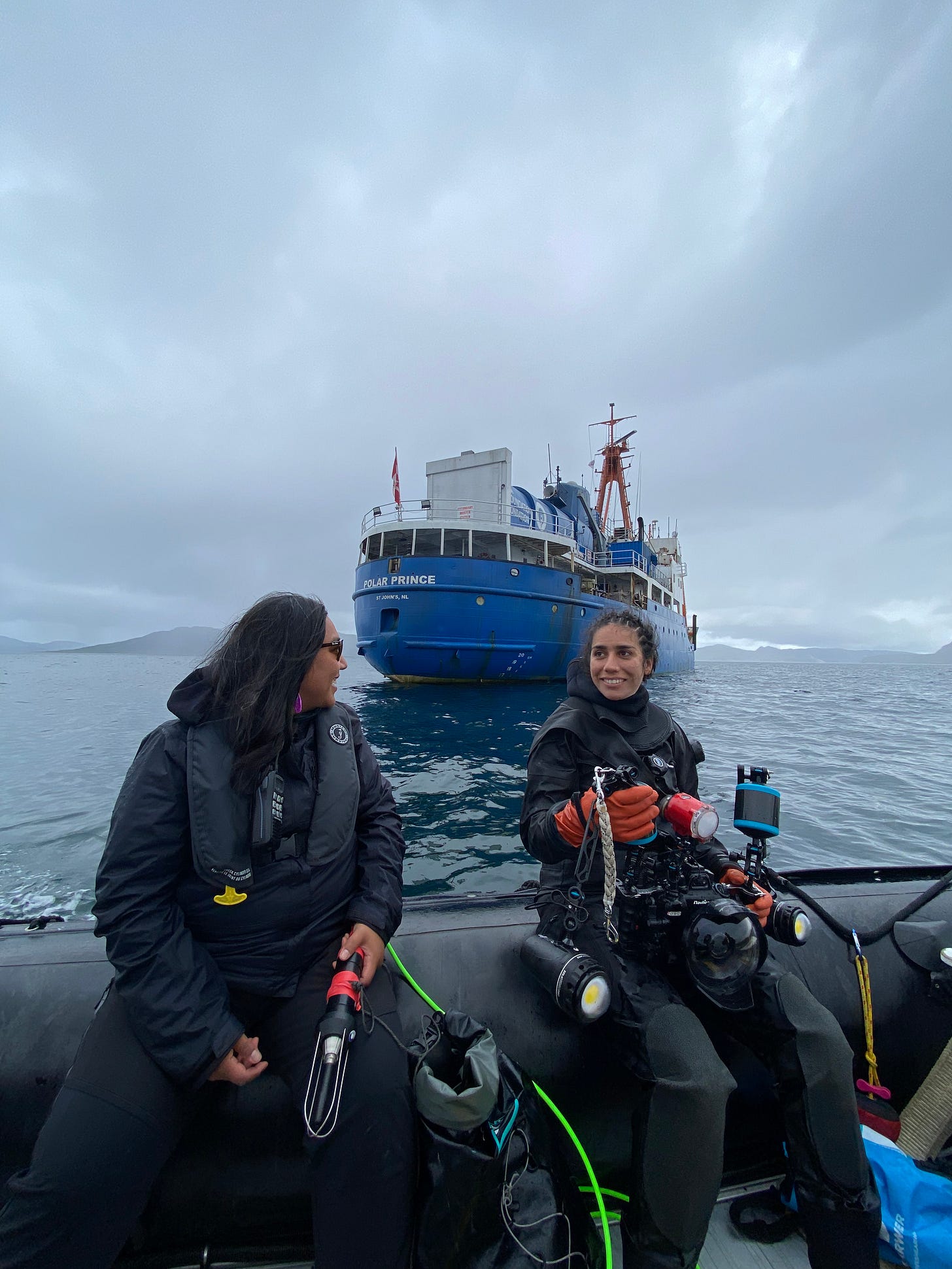
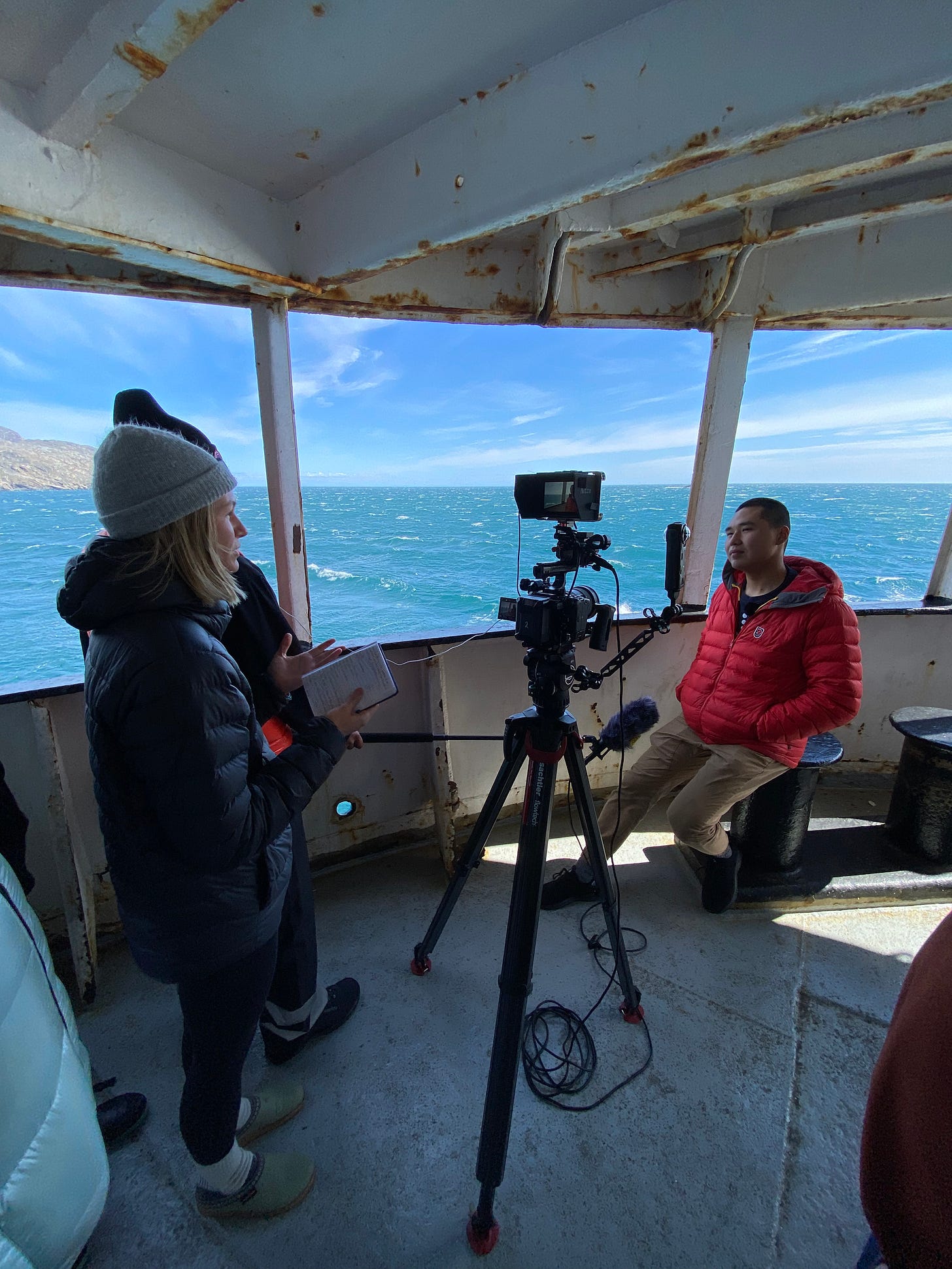
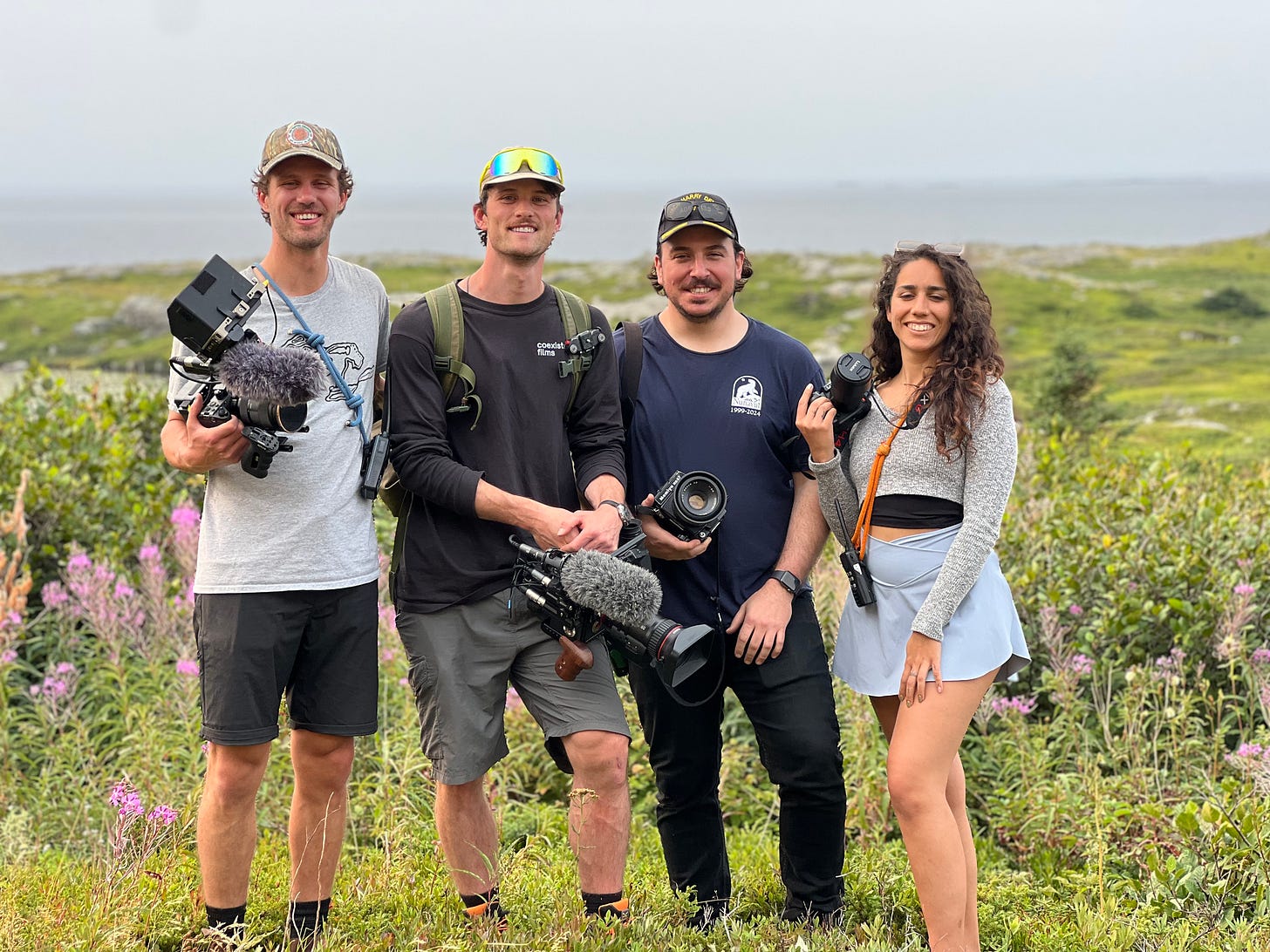
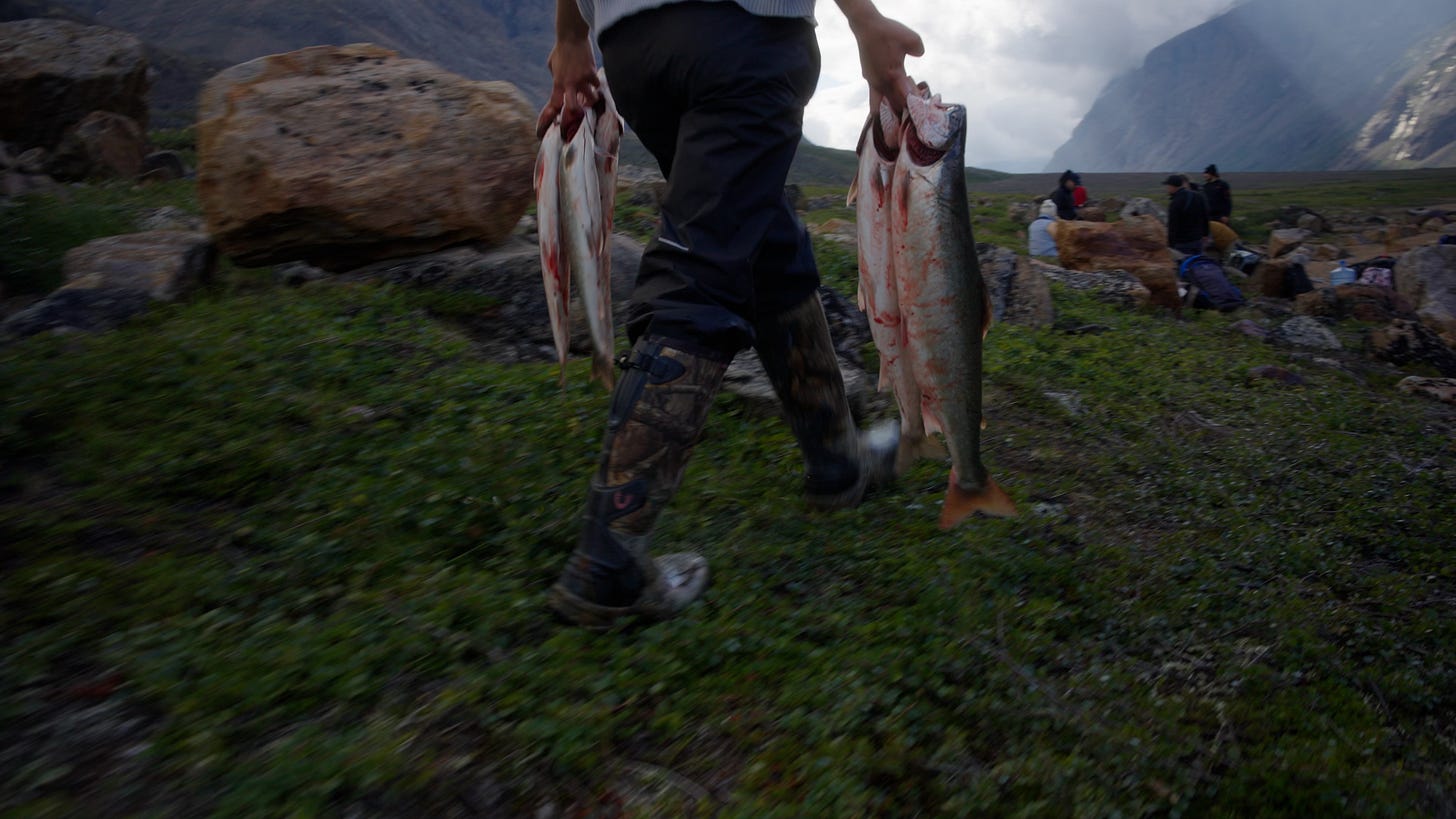
Thanks for sharing G. Such a special experience described so eloquently.